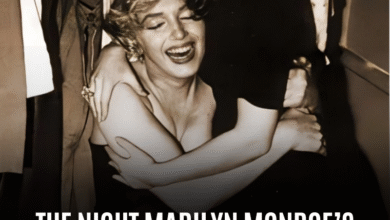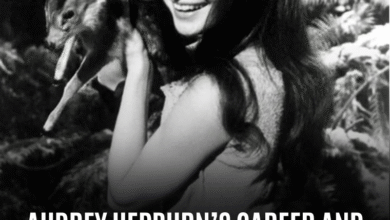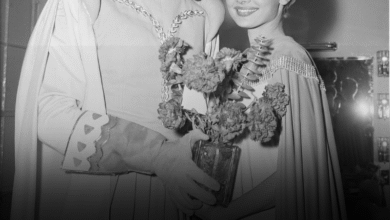At 94, Clint Eastwood Shares His Lifelong Journey with Mental Health—And How Meditation Keeps Him Grounded
OPINION: This article may contain commentary which reflects the author's opinion.
At 94, Clint Eastwood remains one of Hollywood’s most revered icons — a figure synonymous with resilience, grit, and unshakable cool. But behind the steely persona crafted over decades of cinematic legend, Eastwood recently opened up about a more vulnerable reality: his long-standing battle with anxiety.
In a series of candid reflections shared throughout 2024, Eastwood discussed how public scrutiny, relentless work pressure, and the sheer longevity of his career have taken a toll on his mental well-being. Reports from outlets like Surrey Live and Gloucestershire Live noted that even a titan like Eastwood isn’t immune to the pressures that accompany fame, reinforcing an important message: mental health challenges can affect anyone.
Eastwood’s openness about his struggles is significant, helping to dismantle the stigma around mental health — particularly among older generations and public figures, where such topics have historically been taboo.
Finding Peace Through Transcendental Meditation
Rather than seeking traditional therapy or medication, Eastwood turned to a quieter, deeply personal solution: Transcendental Meditation (TM). A practice he’s maintained for more than 40 years, TM has been the cornerstone of his mental health management.
In interviews cited by GQ Magazine and the Cleveland Clinic, Eastwood described a simple but powerful routine: two 20-minute sessions each day, mentally repeating a chosen word or phrase to calm his mind. Unlike more demanding meditation techniques that require intense concentration, TM’s simplicity has made it sustainable for Eastwood over decades.
“I gather my thoughts,” Eastwood explained, emphasizing how meditation provides a mental reset amid the chaos of his busy, high-profile life. Not tied to any religious belief system — fitting his well-known agnostic views — TM offered him a practical, non-intrusive path to mental clarity and resilience.
The Benefits and Broader Implications
Eastwood’s unwavering commitment to meditation has yielded clear benefits. It has helped him maintain focus, manage stress, and continue working well into his 90s. Medical experts, including those cited by the Cleveland Clinic, back up these claims, noting that TM can reduce anxiety, enhance mindfulness, and improve overall mental health without the need for intensive practices.
His endorsement of TM could encourage others — especially men of older generations or those in high-pressure professions — to explore similar avenues for mental well-being. In an industry often built on projecting strength, Eastwood’s admission that even the “tough guys” need tools to manage anxiety is a quietly powerful statement.
Staying Active Amid Health Concerns
While mental health has been Eastwood’s focus in recent discussions, fans have also kept a close eye on his physical health. Reports from The Mirror US and Express.co.uk earlier this year noted Eastwood’s rare public appearances, including a well-received event with Jane Goodall, quelling rumors about his vitality. Although unspecified health issues were reported during the filming of Juror #2, there has been no direct link to his mental health, and Eastwood remains active, further underscoring the importance of his daily mental practices.
A Lasting Legacy Beyond the Screen
Clint Eastwood’s career is already the stuff of legend — a tapestry of iconic roles, masterful directing, and cultural influence. Now, by speaking candidly about his mental health journey and his reliance on meditation, he adds another important layer to his legacy: a reminder that true strength includes the courage to take care of oneself mentally as well as physically.
In a world still learning to prioritize mental health, Eastwood’s story stands as a testament that even the toughest cowboys sometimes need a moment of calm — and that seeking peace, quietly and consistently, can be the ultimate act of resilience.
Would you also like me to suggest a powerful pull-quote from this article to highlight in case you’re thinking of publishing it? It could really capture readers’ attention!



